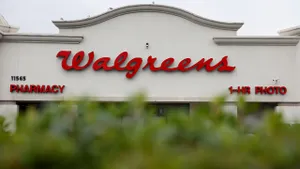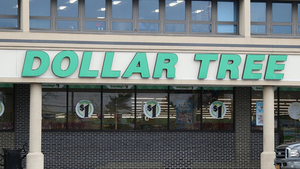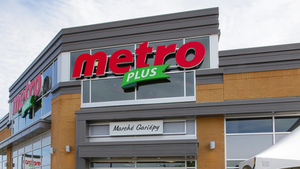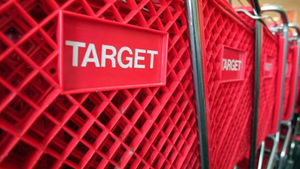Sponsored By
A Costco sign on a store.
Finance
Costco sets records during Q1 and beyondCostco sets records during Q1 and beyond
Warehouse retailer is looking at a number of new sales milestones following a strong first quarter
Stay up-to-date on the latest food retail news and trends
Subscribe to free eNewsletters from Supermarket News


























.png?width=300&auto=webp&quality=80&disable=upscale)
















